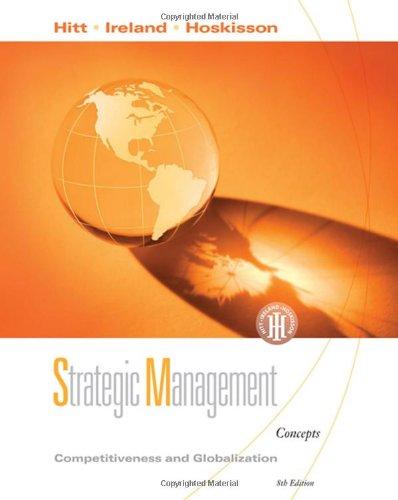What makes one team successful while another team struggles? At first glance, a National Football League franchise
Question:
What makes one team successful while another team struggles? At first glance, a National Football League franchise or women’s National Basketball Association team may not seem like a typical business. However, professional sports have been around for a long time: Pro hockey in the United Stated emerged around World War I, and pro basketball shortly after World War II; both could be considered newcomers relative to the founding of baseball leagues. Pro sports are big business as well, as evidenced by David Beckham’s 2007 multimillion-dollar contract with Major League Soccer.
With this exercise, we will use tools and concepts from the chapter to analyze factors underlying the success or failure of different sports teams. Working as a group, pick two teams that play in the same league. For each team, address the following questions:
• How successful are the two teams you selected? How stable has their performance been over time?
• Make an inventory of the characteristics of the two teams. Characteristics you might choose to identify include reputation, coaching, fan base, playing style and tactics, individual players, and so on. For each characteristic you describe:
1. Decide whether it is best characterized as a tangible, intangible, or capability.
2. Apply the concepts of value, rarity, imitation, and sustainability to analyze its value-creating ability.
• Does any evidence show bundling in this situation (i.e., the combination of different resources and capabilities)?
What would it take for these two teams to substantially change their competitive position over time? For example, if a team is a leader, what types of changes in • resources and capabilities might affect it negatively? If a team is below average, what changes would you recommend to its portfolio of resources and capabilities?
Step by Step Answer:

Strategic Management Competitiveness And Globalization Concepts
ISBN: 9780324581126
8th Edition
Authors: Michael A. Hitt, R. Duane Ireland, Robert E. Hoskisson





